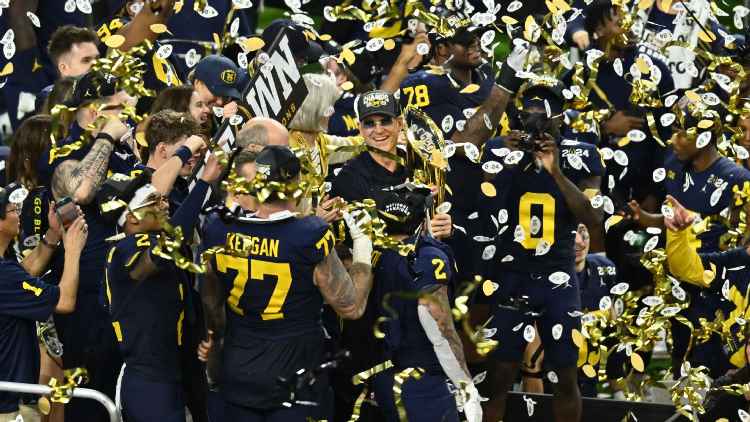The College Football Playoff (CFP) has long been hailed as the pinnacle of college football competition. However, when you take a closer look, many of the teams that have participated in the CFP over the years don’t exactly live up to the hype. Sure, they made the playoffs, but in reality, some were far from deserving of their spots. Here, we’re going to break down all 52 teams in CFP history, exposing which teams were overrated, overhyped, and simply didn’t measure up to the lofty expectations.
First, let’s talk about the constant presence of the same schools in the playoff mix. Programs like Alabama, Ohio State, and Clemson seem to find their way into the postseason year after year. But when you look at some of these teams’ actual performances in the playoff, it becomes clear that their repeated appearances are more about reputation and historical success than actual on-field dominance. Alabama, for example, has been known for making the playoff nearly every year, but they’ve been exposed in recent seasons as teams like LSU and Georgia have shown they can take down the juggernaut.
Then, there are those programs that make a brief playoff appearance, and everyone immediately declares them a powerhouse. Take teams like Washington (2016) or Michigan State (2015). Both had decent seasons, but when they finally faced off against real competition in the playoff, they were blown out. Their playoff bids were little more than flukes, and their rankings felt like more of a popularity contest than an accurate reflection of their abilities.
And let’s not forget the perennial dark horses, like Notre Dame, who continually get boosted into the top ranks despite consistently faltering on the big stage. Their inclusion in the playoff often feels more like a nostalgic gesture than a merit-based decision.
At the end of the day, the College Football Playoff, while exciting, has shown that not all teams are created equal. The system’s reliance on committee rankings often results in teams being included based on name recognition or conference affiliation rather than actual performance. The list of 52 teams, while historically significant, is filled with overhyped squads that may have looked good on paper, but failed to live up to expectations when it mattered most. The playoff may give everyone a chance, but some of those chances are better off forgotten.
